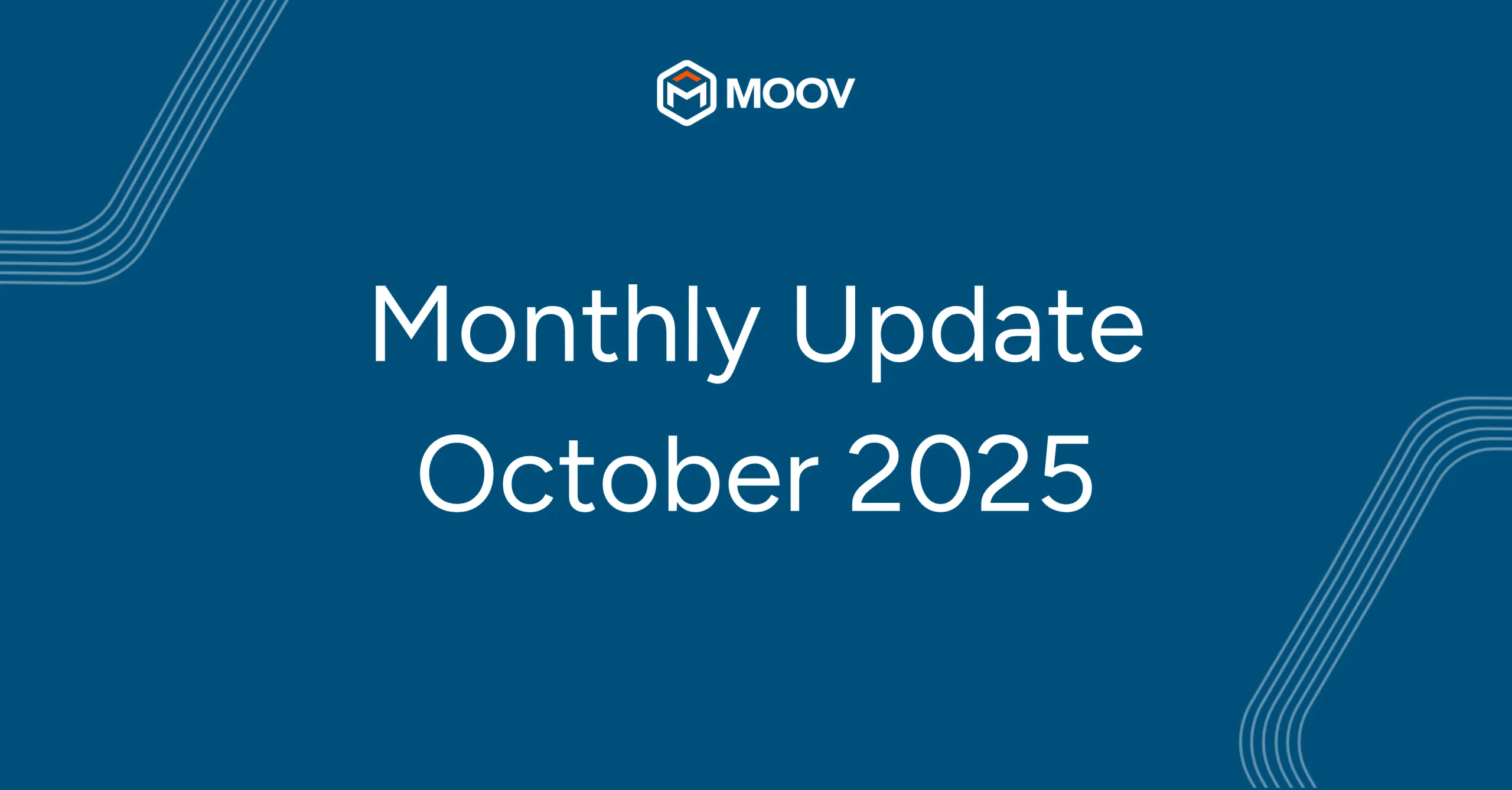Global Market Insights
1) Fragile Ceasefire Keeps Suez Route Diversions in Place
A fragile ceasefire remains in place, but sporadic violations continue to undermine regional stability (Reuters, Oct 9, 2025). Major shipping lines are maintaining a cautious stance toward the Suez–Red Sea corridor, citing ongoing security and insurance risks. While some limited services are being tested through the area, most Asia–Europe loops remain diverted via the Cape of Good Hope. Any premature return to Suez would risk severe schedule disruption and potential congestion at Mediterranean and North European ports (HPS Trade, Oct 2025; FreightWaves, Oct 7, 20no25).
Impact: Sustained longer transit times on Asia–Europe services; ongoing blank sailings and capacity imbalances as carriers adjust schedules; potential congestion spikes if mass rerouting back to Suez occurs before stability is proven (Reuters, Oct 9, 2025).
2) Arctic Shipping — Ningbo to Felixstowe
In October 2025, the Chinese container vessel Istanbul Bridge completed a pioneering voyage from Ningbo-Zhoushan Port to Felixstowe via the Arctic’s Northern Sea Route (NSR). The vessel covered approximately 7,500 nautical miles in just 20 days, cutting typical Suez transit times by more than half (Reuters, Oct 14, 2025).
Carrying around 4,000 TEUs of high-value goods, including electric vehicles and solar panels, the Istanbul Bridge navigated the NSR without icebreaker support, highlighting the growing viability of Arctic shipping lanes (gCaptain, Oct 14, 2025). Several Chinese operators are now using the NSR as a seasonal shortcut, with transit times reported at 18–25 days. The route remains seasonal, requires ice-class vessels and permits, and operational and insurance considerations continue to influence service reliability.
The Northern Sea Route offers a faster alternative for Asia–Europe shipments, potentially reducing transit times for seasonal or time-sensitive inventory. Although the route is seasonal and requires careful planning, it could enhance supply chain responsiveness and has the potential to reshape shipping patterns.
3) Blank Sailings and Typhoon Impact in Southern China
Global on-time performance remains around 50–55% in September, as carriers continue to balance supply and demand. Blank sailings persist across major Asia–Europe and other trade lanes, with some alliances, such as Maersk/Hapag-Lloyd Gemini, outperforming others (Metro, Sept 29, 2025).
In early October, Typhoon Ragasa in southern China, combined with China’s Golden Week holiday, disrupted port operations and led to additional blank sailings. Carriers actively adjusted vessel deployments and trade-lane coverage, and transit delays remain a factor for Asia–Europe shipments.
Impact: Blank sailings and capacity constraints contributed to extended transit times, ETA revisions, vessel substitutions, and occasional cancelled port calls (Reuters, Sept 29, 2025).
4) Northern Europe Disruptions & Asia-Bound Sailings
Northern European ports are facing significant delays due to severe weather, labor strikes, and congestion, affecting Rotterdam, Antwerp, and Felixstowe. Storms and labor actions have led to 3–5 day vessel delays and equipment shortages (Kuehne-Nagel, Oct 2025).
Carriers are adjusting schedules in response. Hapag-Lloyd, for example, has announced blank sailings on its Asia–North Europe services, while Drewry reports around 8% of Asia–Europe sailings withdrawn between weeks 44–48 (Hapag-Lloyd.com, Oct 2025; drewry.co.uk, Oct 2025). Asian ports such as Shanghai, Yantian, and Shekou are also experiencing congestion.
Impact: Extended transit times, vessel rerouting or canceled port calls, and tighter capacity.
5) U.S.-China Port Fees Disrupt Cargo Flows
Newly imposed port fees by China and the U.S., effective from 14 Oct 2025, are severely disrupting global cargo flows and driving up shipping rates. Shipping operators are rerouting vessels to avoid affected ports, reducing ship availability and tightening capacity. Major carriers such as Maersk, Hapag-Lloyd, and CMA CGM have already adjusted routes, leading to higher rates on key transpacific lanes. The Shanghai Containerized Freight Index spiked 12.9% to a four-week high, while the dry bulk sector sees 3% of capesize vessels impacted. Industry leaders warn of continued cost pressures and trade disruptions in the coming months (Reuters, 17 Oct 2025).
Impact: U.S.-China port fees are prompting carriers to reroute vessels and adjust capacity, which could tighten availability on Asia–Europe routes. This may lead to longer transit times, potential blank sailings, and upward pressure on freight rates.
Infrastructure & Port Updates
Port of Antwerp-Bruges (Belgium): The harbor pilots’ strike, which began on 5 Oct, significantly disrupted operations. Although the strike was suspended on 24 Oct, slow-down actions continue, and full normalization may take several days. As of late October, many vessels were still experiencing delays (Freshfruit Portal, 20 Oct 2025).
Port of Hamburg (Germany): The port is recovering steadily as labor shortages ease, with berth and discharge times stabilizing (VizionAPI, 23 Oct 2025).
Port of Rijeka (Croatia): A rail closure from 23 Oct to 6 Nov may slow inland logistics, though alternative routes are in place (Metrans, 23 Oct 2025).
Port of Koper (Slovenia): Congestion has eased thanks to a 1,000-TEU auxiliary storage area near the G1 truck gate. Four new electric RTG cranes have been ordered to replace older models, enhancing yard efficiency and supporting sustainable operations (Adria Ports, 23 Oct 2025).
Port of Constanța (Romania): Infrastructure upgrades, including expanded quay areas and improved rail and road access, are ongoing. Minor inland delays are possible due to high utilization during construction (SUUS, 20 Oct 2025).
Port of Piraeus (Greece): Mid-October strikes and law enforcement inspections caused dwell and inspection delays at the port (GTP, 14 Oct 2025).
Port of Valencia (Spain): Operations are running normally. The port remains Spain’s top port in connectivity and fourth in Europe per the UNCTAD Liner Shipping Connectivity Index (Valencia Port, 23 Oct 2025).
MOOV Highlights
1) Malaysia: MOOV’s subsidiary KB Liner Malaysia, as one of the organizers, successfully hosted the official launch of the Tailwind Intra-Asia Regional Hub at Port Klang. About 100 guests attended, including the Malaysian Minister of Transport, representatives from the German Embassy in Malaysia, media, and industry partners. The launch marks the hub’s official opening and reinforces regional shipping cooperation and trade development.
2) China: Our football team competed in the 2025 China-Europe Chamber of Commerce Football Championship in Shanghai and won the championship.
#reliableAsiaEuropeshippingline #logisticsinsupplychainmanagement #value-addedlogisticsservices
#digitalsupplychainChina #warehousingservicesChina

